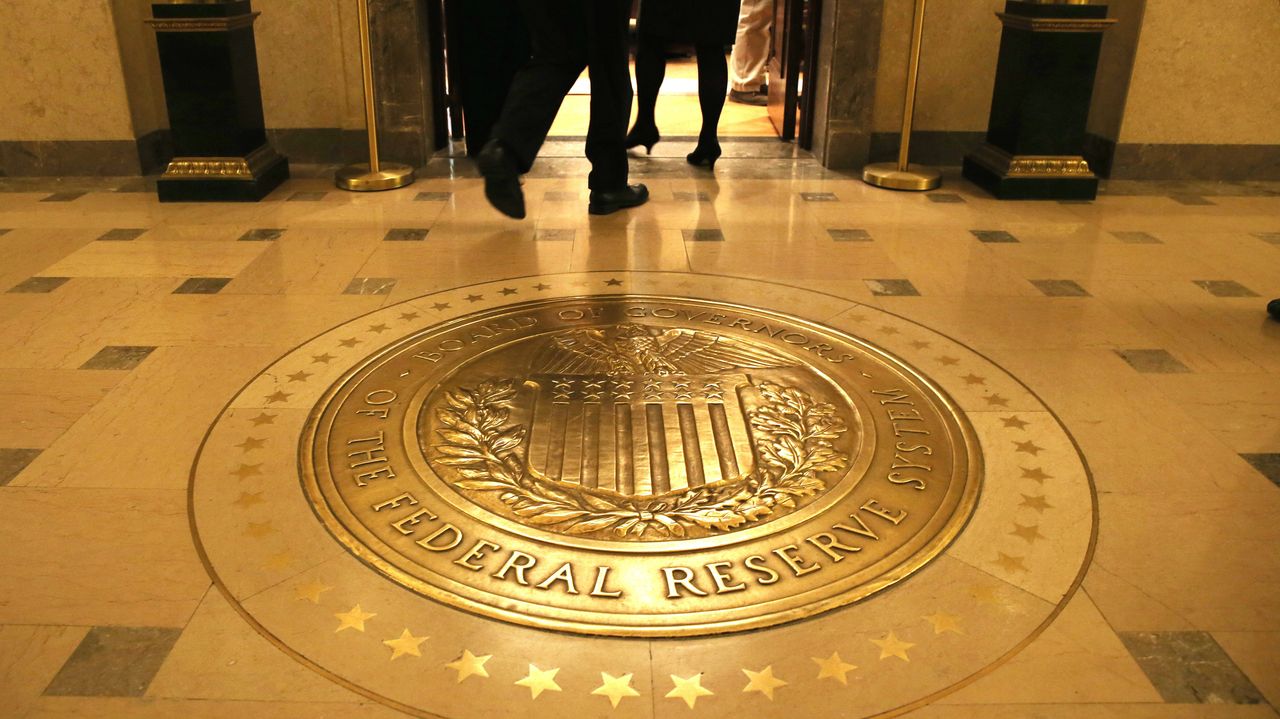Access Premium Content
If you are a client, please enter your name & email address below. You will be redirected to the premium content once the form is submitted.
Markets closed Friday with losses after a turbulent week as investors began to worry that strong labor market growth might signal rate hikes next quarter. For the week, the Dow fell 1.52%, the S&P 500 dropped 1.58%, and the NASDAQ lost 0.73%.1
The February jobs report showed that the economy is creating jobs hand over fist, gaining 295,000 new jobs last month. Unemployment fell to 5.5% and hourly wages also gained slightly.2 February is the twelfth month in a row that the economy has added more than 200,000 new jobs, which is a great sign for the labor market.3
The Fed & Rates
Perversely, markets responded to the news with a selloff because a strong February jobs report increases the likelihood that the Fed might begin raising rates soon. With concerns about interest rate hikes, we’re back to the good-news-is-bad-news investor sentiment we saw in previous years during Fed tapering activities. Positive news for the economy makes investors nervous because of how the Fed will respond.
After more than five years of near-zero rates, investors are worried about what will happen to markets (and the economy) when easy money is harder to come by. Are investors right to worry about higher rates? Raising rates is like taking the training wheels off a bike; now that indicators show the economy is doing well, the Fed wants to get back to “normal” interest rate policies. However, changing policies create uncertainty and investors fear rate hikes might trigger a slide in markets. Though markets tend to follow the economy over the long term, in the short-term, changes in the economic environment can cause markets to swing.
Though many analysts are speculating about a June rate increase, hikes are not certain. Fed chair Janet Yellen has repeatedly emphasized that Fed decisions are data-dependent, and she has a history of telegraphing Fed moves well in advance. Traders will be closely watching the mid-March Open Market Committee meeting and noting any changes of language that might signal an imminent interest rate increase.4
Looking ahead, though the week is light on economic events, some important consumer data is due to be released. Analysts will focus on retail sales, consumer sentiment, and producer prices to gauge whether Americans are opening their wallets and supporting economic growth.5


